-
 Bitcoin
Bitcoin $97,644.6116
-0.58% -
 Ethereum
Ethereum $2,704.6001
-1.66% -
 XRP
XRP $2.7644
-1.45% -
 Tether USDt
Tether USDt $1.0001
-0.03% -
 Solana
Solana $194.8596
-3.87% -
 BNB
BNB $665.6484
-0.58% -
 USDC
USDC $0.9999
0.00% -
 Dogecoin
Dogecoin $0.2745
-1.14% -
 Cardano
Cardano $0.7895
-3.60% -
 TRON
TRON $0.2366
0.72% -
 Chainlink
Chainlink $19.0161
-2.85% -
 Stellar
Stellar $0.3500
-1.91% -
 Avalanche
Avalanche $25.8031
-3.84% -
 Sui
Sui $3.4148
-6.69% -
 Litecoin
Litecoin $132.0288
2.78% -
 Shiba Inu
Shiba Inu $0.0...01641
-3.00% -
 Hedera
Hedera $0.2280
-3.51% -
 Toncoin
Toncoin $3.7902
-2.32% -
 UNUS SED LEO
UNUS SED LEO $9.7706
-0.81% -
 Hyperliquid
Hyperliquid $25.8516
-5.16% -
 Polkadot
Polkadot $5.0949
-3.75% -
 MANTRA
MANTRA $7.6117
39.22% -
 Bitcoin Cash
Bitcoin Cash $335.3133
-2.90% -
 Bitget Token
Bitget Token $5.0556
-9.23% -
 Ethena USDe
Ethena USDe $0.9998
-0.02% -
 Uniswap
Uniswap $9.8524
-3.08% -
 Dai
Dai $1.0001
0.01% -
 Monero
Monero $233.3849
1.48% -
 Pepe
Pepe $0.0...01003
-4.17% -
 NEAR Protocol
NEAR Protocol $3.4279
-3.98%
How do blockchain miners get rewards?
By validating transactions, securing the network, and solving complex puzzles, blockchain miners earn cryptocurrency rewards, contributing to the stability and decentralization of the network.
Feb 15, 2025 at 11:00 am
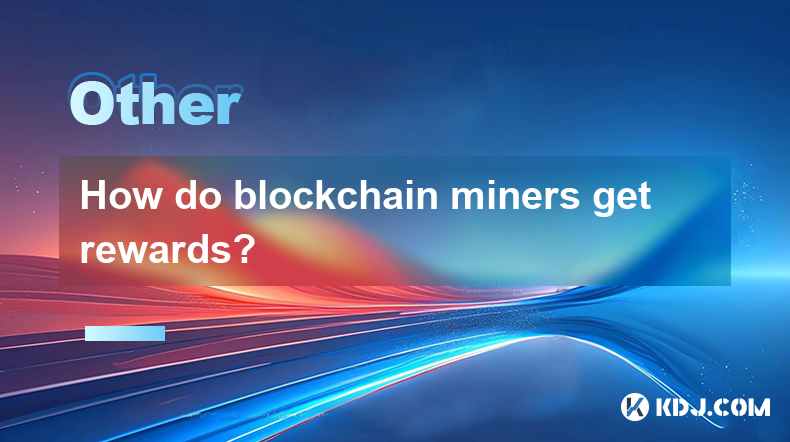
Key Points:
- Blockchain miners validate transactions and secure the network, receiving rewards in the form of cryptocurrency.
- The amount of rewards may vary depending on the specific blockchain network and its consensus mechanism.
- Mining difficulty can fluctuate with network activity, requiring specialized equipment and energy-intensive processes.
- Miners participate in the consensus process by solving complex mathematical puzzles or reaching a consensus on the state of the network.
- Rewards may be distributed through automated systems based on mining contributions or through manually triggered block rewards.
How Do Blockchain Miners Get Rewards?
1. Validate Transactions:
Miners play a crucial role in verifying and aggregating transactions into blocks. This ensures the immutability and security of the blockchain network. By verifying transactions, miners ensure that they are genuine, have not been tampered with, and adhere to the network's rules.
2. Secure the Network:
Mining contributes to the overall security of the blockchain by protecting against double-spending and other malicious activities. Miners compete to solve complex mathematical puzzles or reach a consensus on the state of the blockchain, ensuring the validity of transactions and preventing unauthorized alterations.
3. Receive Block Rewards:
Upon successfully validating a block of transactions, miners receive a predefined amount of cryptocurrency as a reward. These block rewards incentivize miners to participate in the network and maintain its security, promoting decentralized operations and preventing centralization.
4. Difficulty Adjustments:
To maintain a consistent block production rate, blockchain networks may adjust mining difficulty levels based on network activity. Increased network activity may lead to higher difficulty levels, requiring more computational power and energy from miners.
5. Mining Pools:
Individual miners can participate in mining pools, where they combine their computational resources to increase their chances of finding a block and earning rewards. Pool members share the rewards proportionally based on their contributions.
6. Automated Distribution:
Many blockchain networks employ automated systems to distribute block rewards to miners based on their contributions to the consensus process. These systems continuously monitor network activity and ensure fair and timely distribution of rewards.
7. Manual Block Rewards:
In some cases, block rewards may be manually triggered by network developers or governing bodies. This approach provides more flexibility in managing rewards and incentivizing specific mining activities.
FAQs:
Q: What factors affect the amount of rewards miners receive?
A: The specific blockchain network, its consensus mechanism, and market demand for the cryptocurrency influence the amount of rewards miners receive.
Q: What does mining difficulty represent?
A: Mining difficulty reflects the computational power required to solve the mathematical puzzles necessary for block validation. Higher difficulty increases the energy consumption and time needed for mining.
Q: Why do blockchain networks adjust mining difficulty?
A: Difficulty adjustments ensure consistent block production times and prevent centralization by making it challenging for individual miners or pools to dominate the network.
Disclaimer:info@kdj.com
The information provided is not trading advice. kdj.com does not assume any responsibility for any investments made based on the information provided in this article. Cryptocurrencies are highly volatile and it is highly recommended that you invest with caution after thorough research!
If you believe that the content used on this website infringes your copyright, please contact us immediately (info@kdj.com) and we will delete it promptly.
- Avalanche (AVAX) Poised For A Recovery Rally As Price Action Stabilizes
- 2025-02-16 02:00:16
- Story Launches Mainnet, Introduces IP Token Trading on Coinbase
- 2025-02-16 02:00:16
- Bonk vs ChowWow – the Top Meme Coin With 10x ROI Potential in Q1
- 2025-02-16 02:00:16
- $1 Coin is worth of $14,000 – Rare coins can turn ordinary pocket change into a small fortune
- 2025-02-16 02:00:16
- Arctic Pablo Coin Leads the Charge Among Meme Coins
- 2025-02-16 02:00:16
- Rollblock (RBLK) Presale Surges 430% as Experts Draw Parallels to Dogecoin's (DOGE) Early Price Trajectory
- 2025-02-16 01:20:15
Related knowledge
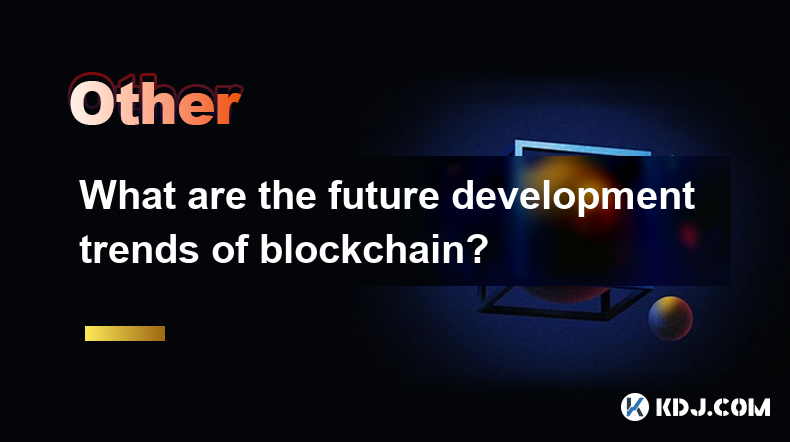
What are the future development trends of blockchain?
Feb 15,2025 at 11:06am
Key PointsBlockchain technology is constantly being refined and expanded to address new challenges.Various use cases of blockchain technology are emerging in different sectors, including supply chain management, healthcare, and finance.The development of decentralized autonomous organizations revolutionizes governance and decision-making.Blockchain can ...

What is blockchain privacy protection technology?
Feb 15,2025 at 01:18pm
Key Points:Understanding Privacy Concerns in BlockchainTypes of Blockchain Privacy Protection TechnologiesZero-Knowledge Proofs (ZKPs)Homomorphic EncryptionDifferential PrivacyWhat is Blockchain Privacy Protection Technology?Blockchain technology offers many advantages, but it also presents challenges related to user privacy. Transactions on public bloc...
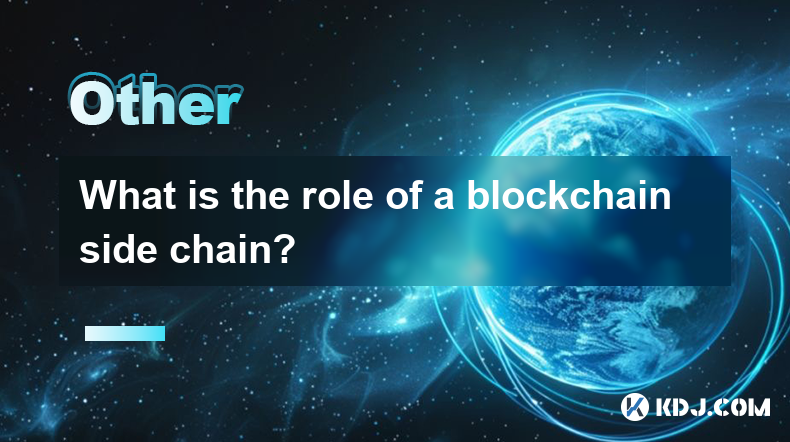
What is the role of a blockchain side chain?
Feb 15,2025 at 03:37pm
Key Points:Side chains provide a solution for blockchain scalability and customization.They offer a separate network that runs parallel to the main blockchain.Side chains allow for experimenting with new features, improving transaction throughput, and reducing network congestion.They facilitate interoperability between different blockchains, allowing fo...
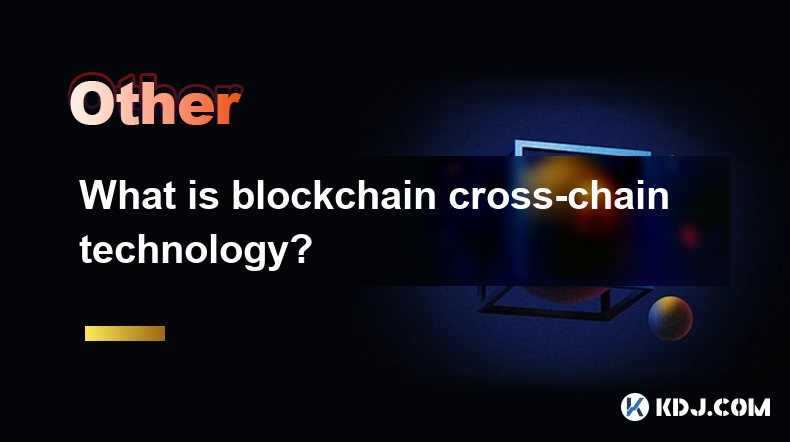
What is blockchain cross-chain technology?
Feb 15,2025 at 01:24pm
Key PointsCross-chain technology enables the seamless transfer of assets and information across different blockchain networks.It addresses the challenges of blockchain fragmentation by allowing interoperability and communication between diverse ecosystems.Key features of cross-chain technology include asset bridging, token swaps, cross-chain messaging, ...
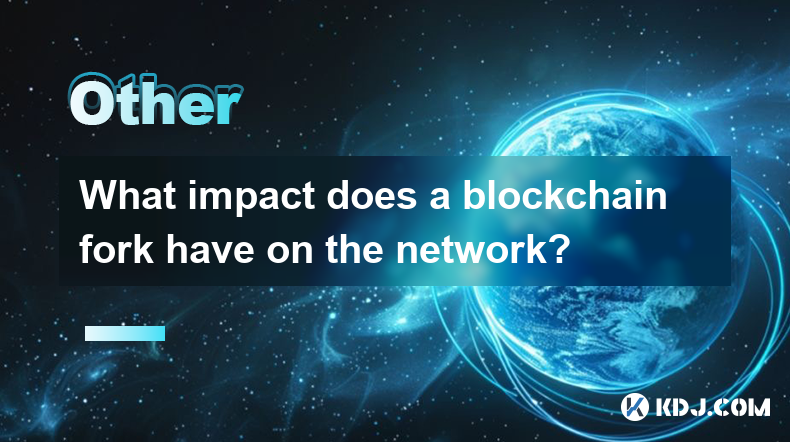
What impact does a blockchain fork have on the network?
Feb 16,2025 at 01:06am
Key Points:Blockchain forks are a natural part of the blockchain ecosystem.Hard forks create two separate blockchains, while soft forks introduce backward-compatible changes.Forks have several potential impacts, including security, scalability, and consensus mechanisms.Careful consideration and testing are essential before implementing a fork.Impact of ...
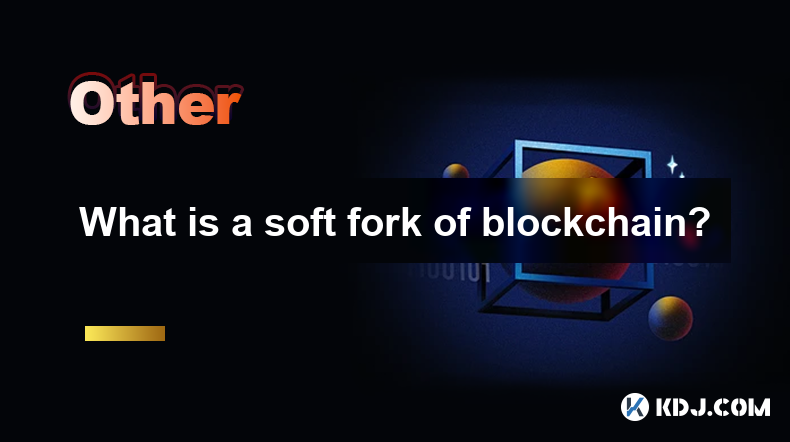
What is a soft fork of blockchain?
Feb 15,2025 at 02:00pm
Key PointsDefinition and Characteristics of Soft ForksTypes of Soft ForksBenefits and Drawbacks of Soft ForksHow to implement a Soft ForkExamples of Notable Soft ForksFrequently Asked QuestionsWhat is a Soft Fork of Blockchain?A soft fork, also known as a backward compatible update, is a change to a blockchain protocol that alters its rules in a way tha...

What are the future development trends of blockchain?
Feb 15,2025 at 11:06am
Key PointsBlockchain technology is constantly being refined and expanded to address new challenges.Various use cases of blockchain technology are emerging in different sectors, including supply chain management, healthcare, and finance.The development of decentralized autonomous organizations revolutionizes governance and decision-making.Blockchain can ...

What is blockchain privacy protection technology?
Feb 15,2025 at 01:18pm
Key Points:Understanding Privacy Concerns in BlockchainTypes of Blockchain Privacy Protection TechnologiesZero-Knowledge Proofs (ZKPs)Homomorphic EncryptionDifferential PrivacyWhat is Blockchain Privacy Protection Technology?Blockchain technology offers many advantages, but it also presents challenges related to user privacy. Transactions on public bloc...

What is the role of a blockchain side chain?
Feb 15,2025 at 03:37pm
Key Points:Side chains provide a solution for blockchain scalability and customization.They offer a separate network that runs parallel to the main blockchain.Side chains allow for experimenting with new features, improving transaction throughput, and reducing network congestion.They facilitate interoperability between different blockchains, allowing fo...

What is blockchain cross-chain technology?
Feb 15,2025 at 01:24pm
Key PointsCross-chain technology enables the seamless transfer of assets and information across different blockchain networks.It addresses the challenges of blockchain fragmentation by allowing interoperability and communication between diverse ecosystems.Key features of cross-chain technology include asset bridging, token swaps, cross-chain messaging, ...

What impact does a blockchain fork have on the network?
Feb 16,2025 at 01:06am
Key Points:Blockchain forks are a natural part of the blockchain ecosystem.Hard forks create two separate blockchains, while soft forks introduce backward-compatible changes.Forks have several potential impacts, including security, scalability, and consensus mechanisms.Careful consideration and testing are essential before implementing a fork.Impact of ...

What is a soft fork of blockchain?
Feb 15,2025 at 02:00pm
Key PointsDefinition and Characteristics of Soft ForksTypes of Soft ForksBenefits and Drawbacks of Soft ForksHow to implement a Soft ForkExamples of Notable Soft ForksFrequently Asked QuestionsWhat is a Soft Fork of Blockchain?A soft fork, also known as a backward compatible update, is a change to a blockchain protocol that alters its rules in a way tha...
See all articles
























































































